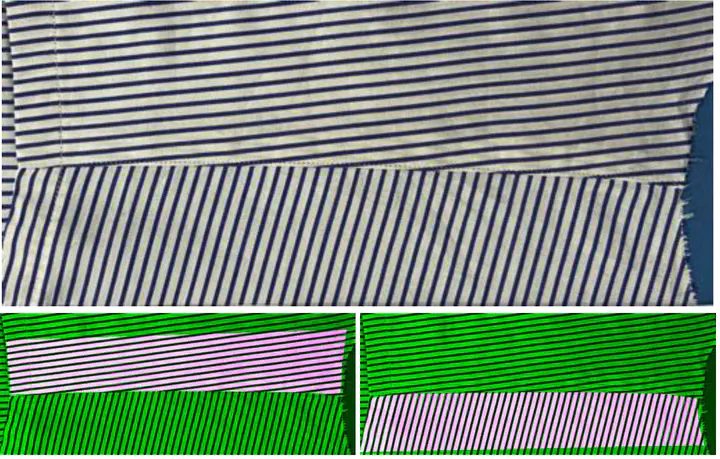Evaluating distinctiveness and reliability in machine-automated clothing pattern detection applications for digital imagery
 Image credit: theverge.com
Image credit: theverge.comAbstract
In 2003, Wilbert McKreith, was charged with a string of bank robberies across South Florida. During his trial, jurors were presented with circumstantial evidence against McKreith. During An FBI examiner then testified that the button-down plaid shirt found in McKreith’s home was the exact shirt worn by the masked robber depicted in surveillance video. The examiner did so by matching the misalignment in the plaid pattern along the shirt seams, Figure 1. When asked by the prosecutor as to the odds that two different shirts would exhibit this same match, the FBI examiner responded “1 in 650 billion, give or take a few billion.” The jury convicted McKrieth, who is serving a 92-year prison sentence. The only evidence that directly linked him to the crime was the FBI examiner’s plaid shirt analysis. We propose to improve the state of photographic forensic identification. These efforts will include -
- Determining the reliability of 2-D photographic identification techniques based on the wear on the seams of denim jeans, regularly-patterned clothing (e.g., plaid, polka dots), and irregularly-patterned clothing (e.g., camouflage).
- Developing new 2-D photographic identification techniques that, as much as possible, removes human subjectivity from the process.
- Employing 3-D human-body modeling to improve the accuracy of clothing-based forensic identification, as well as general identification based on a person’s height and weight.
- Comparing each forensic identification techniques against human analysts. Throughout, we will determine the distinctiveness and reliability of patterns used to identify an individual. These criteria will be used to determine the true positive rate (the probability that a correct match will be made) and the false positive rate (the probability that an incorrect match will be made). These error-rates, in particular, have been lacking in previous work, and are particularly important so that juries and judges can assess the reliability of a forensic identification.